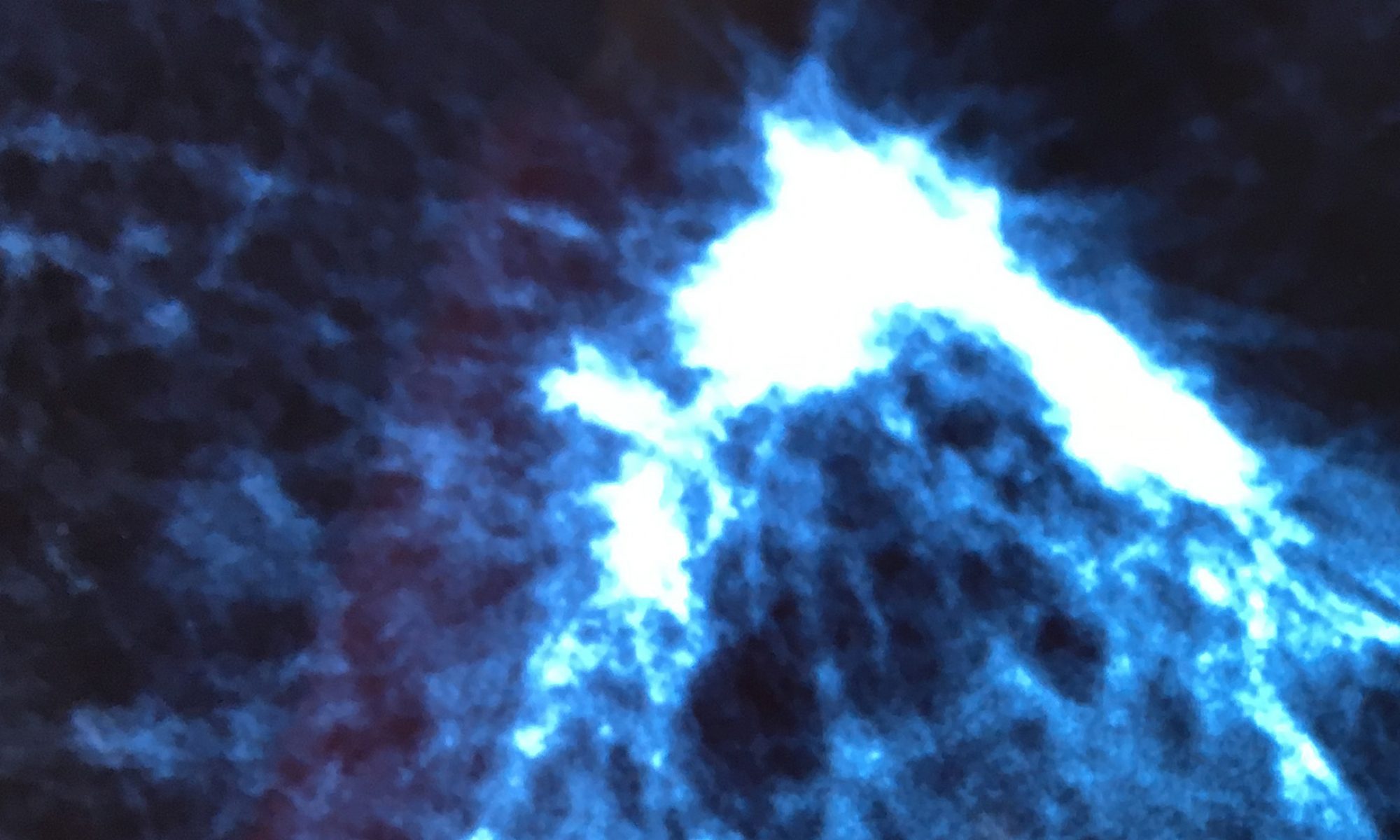
There are 4 basic aspects to epidemiology: figuring out the cause of the disease of concern, the incidence or frequency (how often it occurs), distribution (who it affects and where), and ways to control or treat the disease.
Of anything I have ever studied, breast cancer seems to be the most vaguely touched on when it comes the “cause”. As far as my physicians are concerned the cause is not important, it’s getting rid of it that is.
However, if we are truly offering individualized care, as it so clearly says on the side of the hospital I have been attending, then as an epidemiologist, in order to prevent a disease we must know the cause for each person in order to prevent recurrence. Even more importantly what we learn from these individuals we can extrapolate to family practice to prevent our society from ever getting cancer. This to me, is what continues to attract me to epidemiology and what I feel is my responsibility to others.
As a side note, one huge missing link is getting this information back to primary care providers… so that we can prevent the disease from occurring. In my opinion, family medicine should require more years of training and also should be defined or sub-specialised in terms of male or female, and age. With the amount of information that is out there it is virtually impossible for a family doctor to be able to help keep society healthy with so many differing variables.
I do not see individualized care when it comes to breast cancer and I don’t see anything being done in regards to prevention.
There are many such “approved” tests available, that still at the doctors discretion are employed; as OnchoType Dx, a test that examines a sample of your tumour post surgically to assess whether the risks of chemotherapy out weight the benefits.
For me it was crucial to understand the cause of my disease. This is truly the only way to prevent it.
Cancer is not simple and there is definitely more than one contributing factor in order to develop this disease, but knowing the triggers can help you take control from ever being sick again.
From my research there where several tests that led me to understand how I developed breast cancer including emotional manifestations that impact these ‘weaknesses in my DNA’, when I didn’t have any of the ‘so called’ associated risks: smoking, drinking, BRCA1/2 gene mutation, and family history.
So then how did I get this? A relatively young 40 year old women. I would have also included healthy, but for me there were so many warning signs from the age of 20 that to me I didn’t feel healthy, even though doctors would have described me as healthy.
At first glance I thought the best place to first look was at my hormones,
considering I was diagnosed with estrogen receptor (ER) and progesterone receptor (PR) positive cancer. The dutch test, is the only test I would recommend for hormone investigation. This test on me clearly showed that my hormones had taken a walk down a dangerous path that would make them carcinogenic. However, they also showed that my testosterone was low which is caused by increased cortisol levels. Combined with my years of insomnia, I knew this was correct and one very crucial piece of the puzzle in learning about my risk factors in developing breast cancer.Second, was understanding my body’s genetic capabilities.
This can be done though DNA testing from 23andMe or Ancestry.com and then requesting the raw data and sending it to your naturopath to analyse in PureGenome free software.
After learning that I am unable to methylate estrogen, it become clear to me that my cancer could be prevented through B vitamins, magnesium and other supplements that encourage detoxification of hormones as Indole 3 Carbinol, Calcium D Glucarate, glutathione, and a diet rich in cruciferous vegetables.
Knowing all this, I feel it is important to educate other women in hopes they can avoid ever having to walk this path…
